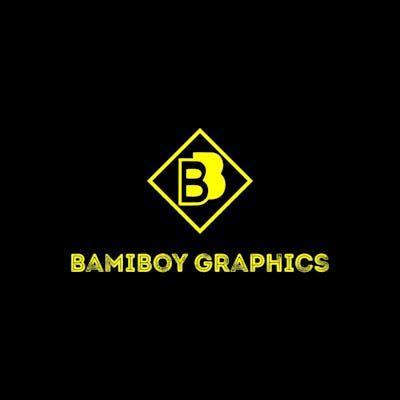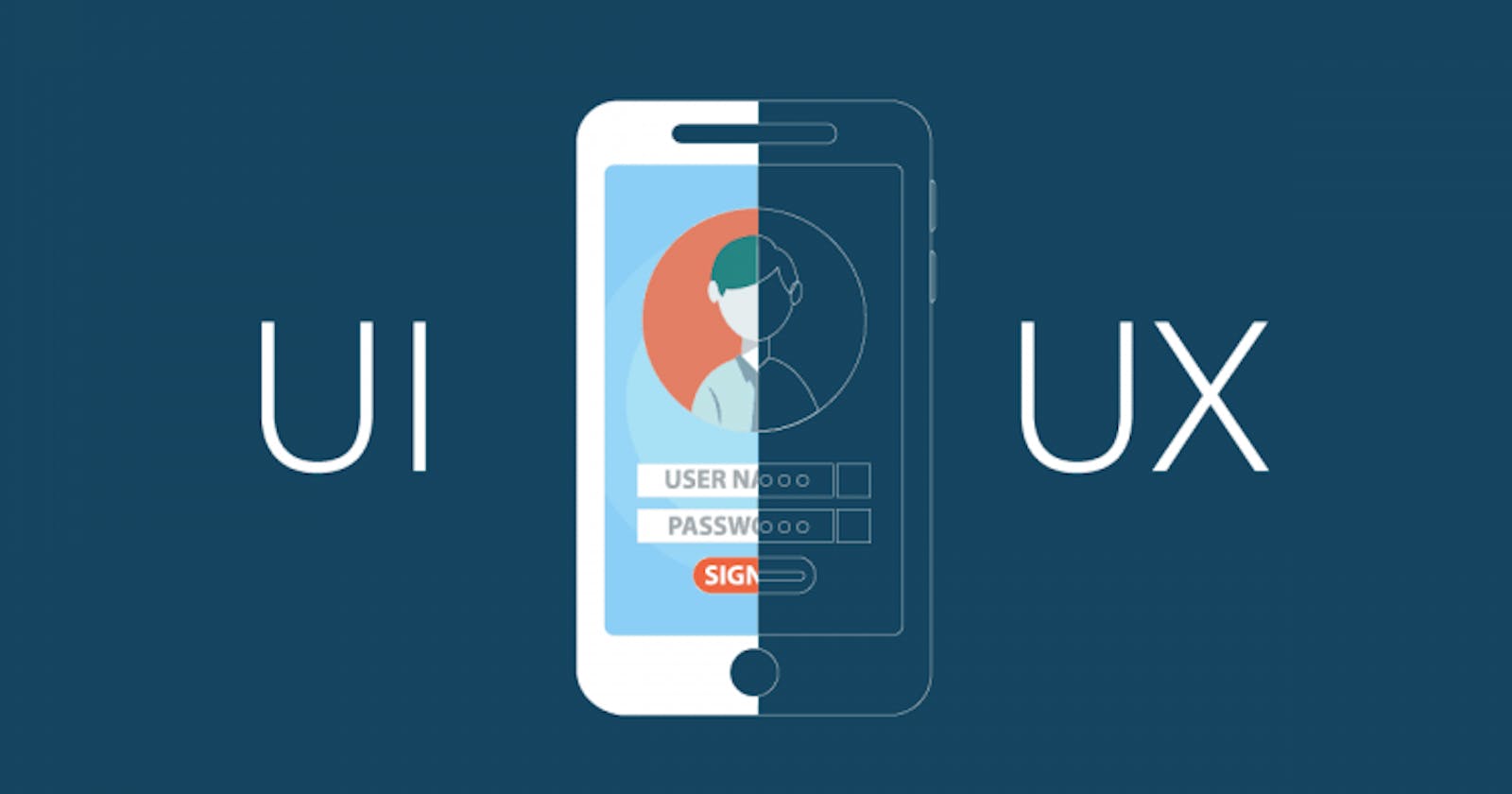During the course of the week, I have learnt about UI and UX and it's Design thinking process. After Joining the DSC Unilag UI stack, I was introduced to the UX World. This is my thought on what I have learnt from both the mentors and the resources given.
What is UI and UX?
The term UI means "User Interface" and UX means "User Experience".
User interface design is the visual interface a users interact with using a machine. User experience design simply means the process in which a user is able to interact with the product. As a user experience designer you should be able to consider why what and how to use the products.
The UX Design Process.
- Emphasize with the User (Learning about the Audience).
- Define the Problem (Identify the Users' Needs.
- Ideate (Generating ideas for Design)
- Prototype (Turning Ideas into Concrete Examples)
- Testing And Reporting (Evaluating the Design).
User Research
The first two phases (empathizing and defining the problem) are often grouped into one term i.e., understanding both the nature of the users and how this affects their needs.
- Conducting Interviews: Interviews are the first key process carried out to start the design process. This is to learn about how the users will use a product or service.
- User personas: A persona is a fictional character which the designers build as a sort of user stereotype. It represents the typical users, their goals, motivations, frustrations and skills.
- Journey Map: A journey map is a diagram that represents the steps (i.e., the process) taken by a user to meet a specific goal.
Brainstorming
Brainstorming is a process whereby a team of designers generate ideas about how to address the issues and opportunities identified in the user research phase.
- User flow: A user flow diagram is a simple chart outlining the steps that a user has to take with your product or service in order to meet a goal.
- Wireframes: This is the rough skeleton representation of the UI and various components that makes us the UI. It can be Hand drawn sketches or Computer based design.
Implementation
This is the turning of the ideas into an interactive and working product.
- Prototype: This creates a high fidelity Designs with high resolution images which may or may not be interactive.
- Development: After the prototype has been approved, Frontend and Backend Developers makes the prototype a working product.
Testing
- Usability Testing: This observes real user using the product through variety of means.
Guidelines on Usability
- Effectiveness - Does it do the right thing? Does it get the thing done?
- Efficiency - Does it do that with minimum effort.
Satisfaction - Does it make you feel good? Does it make you happy?
Emotions invoke More productivity.
Split (A/B) Testing: Testing the effectiveness of one design iteration over the other.
Analytics Reporting: Gaining Additional Insight such as Time spent on Pages, Bounce rate and More
Experience clearly matters. User Experience has become one of the major roles required when you want to Design an interface or interaction. Thank you

